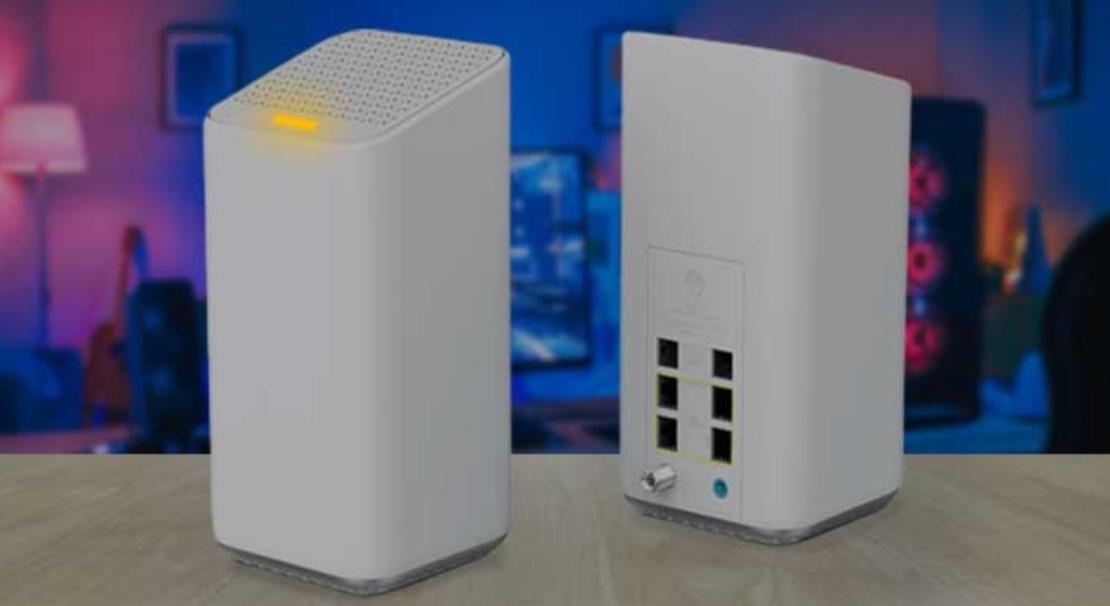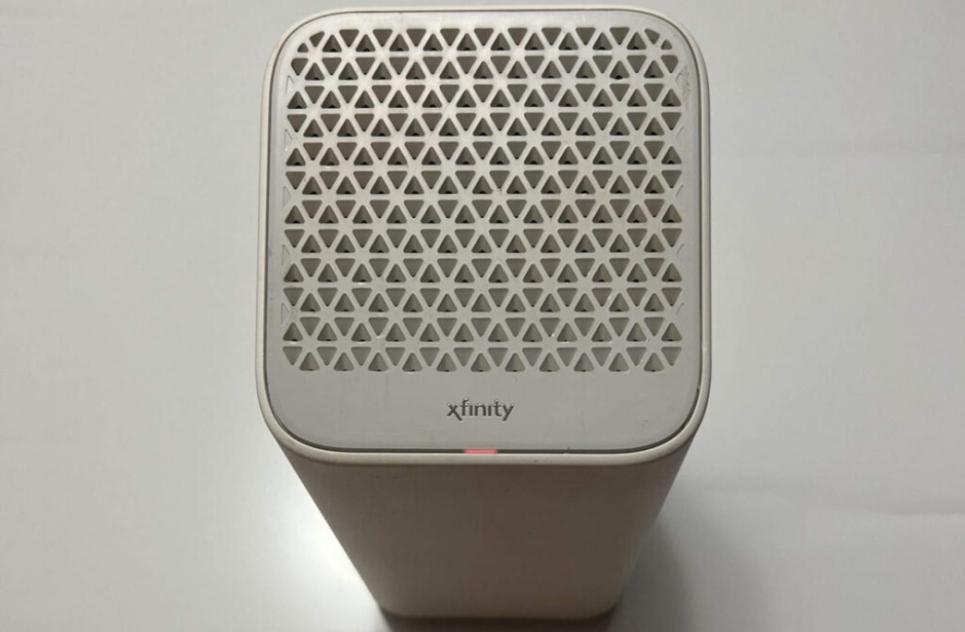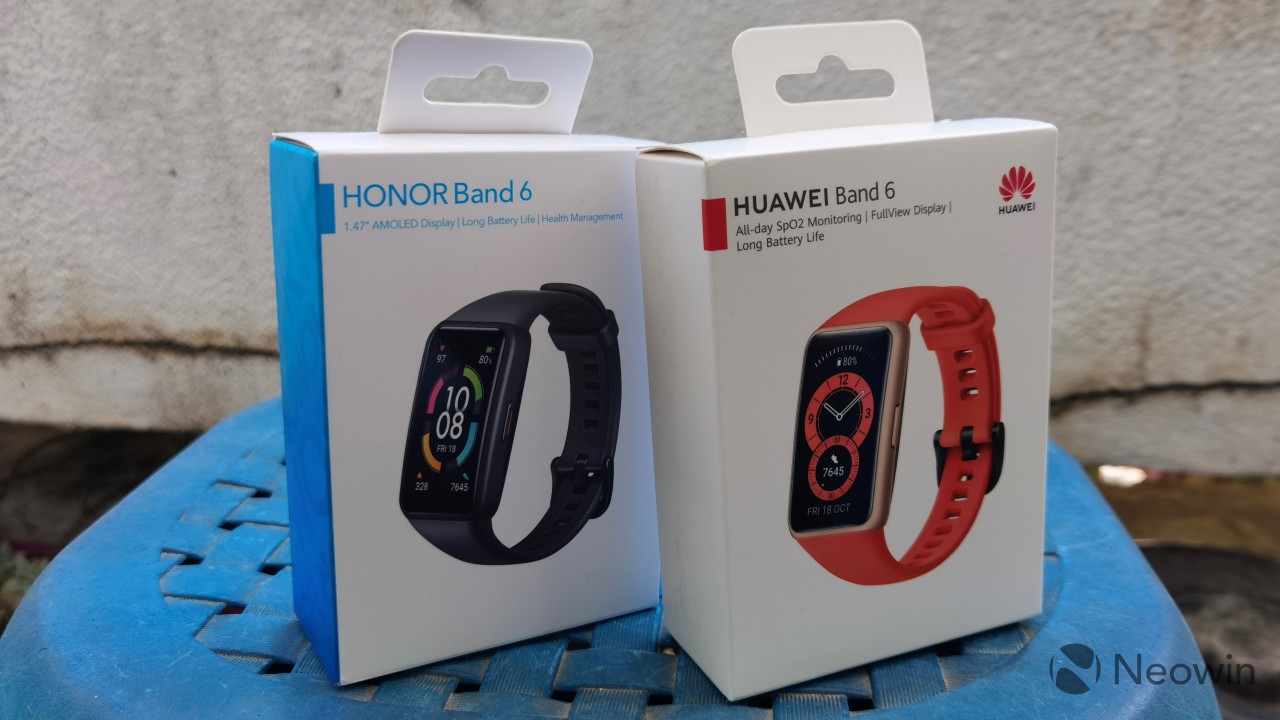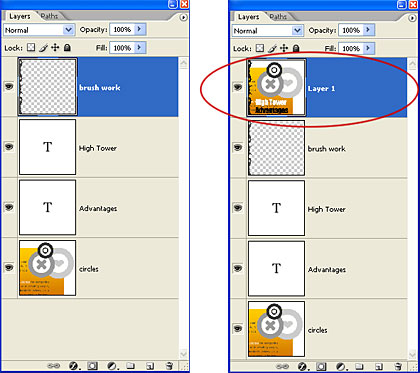Encountering a blinking orange light on your Xfinity router can be frustrating, especially if you rely heavily on a stable internet connection. You may wonder, "why is my Xfinity router blinking orange?" This light typically signals connectivity problems or router maintenance activities. Common scenarios include ISP outages, firmware updates, or hardware-related issues. Fortunately, addressing this situation often requires straightforward troubleshooting techniques. Understanding what triggers the blinking orange indicator allows you to promptly resolve the issue and return your network to normal functionality. In this comprehensive guide, we’ll help you identify the most frequent reasons behind the blinking orange light and provide practical solutions to quickly get your internet back up and running.

What Does a Blinking Orange Light on Your Xfinity Router Indicate?
When your Xfinity router displays a blinking orange light, it usually signifies a temporary connectivity disruption. This indicator alerts you that your router is struggling to connect to Xfinity’s network, possibly due to internet service outages or internal processes like firmware updates. Additionally, the blinking orange might indicate local network issues, such as congestion caused by too many devices simultaneously connecting to your router. Sometimes, physical problems like damaged cables or poor router placement could also trigger this visual alert. Recognizing these causes helps you to quickly determine the source of the problem, guiding your next troubleshooting steps. It's important not to ignore this indicator, as prolonged disruptions can lead to decreased productivity, especially if your work or entertainment activities heavily depend on a reliable internet connection.
Common Causes of an Xfinity Router Blinking Orange
Internet Service Disruptions
Service disruptions by Xfinity are among the leading causes behind the blinking orange light on your router. These disruptions can stem from scheduled network maintenance, unexpected technical difficulties, or regional outages due to severe weather conditions. When the network experiences downtime, your router repeatedly attempts—and fails—to establish a stable connection, resulting in the persistent blinking orange signal. To quickly verify whether this is the issue, check Xfinity’s official outage map online, or contact customer support directly for the most accurate updates. Also, social media platforms like Twitter often provide real-time outage updates from users facing similar problems. While inconvenient, knowing the outage's source and duration can alleviate your frustration and help you avoid unnecessary troubleshooting, allowing you to simply wait until the service is fully restored.
Firmware Updates in Progress
Another frequent trigger for your Xfinity router’s blinking orange indicator involves firmware updates. Periodic firmware updates are necessary for maintaining router efficiency, enhancing security, and ensuring compatibility with newly connected devices. During these updates, the router temporarily disconnects from the internet, causing the orange blinking light to activate as it installs critical improvements. Typically, this updating process completes within a few minutes, after which normal connectivity resumes automatically. However, if the blinking continues longer than expected, it might suggest that an update has encountered a problem, such as a download failure or network interruption. In such scenarios, manually checking your router’s admin interface to confirm the firmware status or restarting your router can expedite the completion of the update, resolving the blinking issue promptly and restoring your internet access.
Network Overload or Connectivity Issues
Network congestion and local connectivity issues also frequently lead to an orange blinking light on Xfinity routers. Modern households typically use numerous internet-connected devices simultaneously, increasing the demand on your router’s network capabilities. When this demand surpasses what your router can comfortably handle, it might trigger connectivity issues, indicated visually by the blinking orange signal. Physical factors like loose, damaged, or improperly connected cables can exacerbate the problem. Additionally, electromagnetic interference from nearby devices, such as cordless phones or microwaves, can negatively impact your Wi-Fi signal quality. To resolve such issues, reduce the number of connected devices, ensure proper cable connections, and adjust your router’s placement away from potential interference sources. These simple steps often significantly improve network performance, quickly resolving the orange blinking issue on your Xfinity router.
How to Fix an Xfinity Router Blinking Orange
Step 1: Check for Xfinity Service Outages
Your initial step when encountering a blinking orange light should always be verifying whether Xfinity is experiencing an outage. Visit the official Xfinity outage page or mobile app and input your location or account details to check for local disruptions. If an outage is confirmed, you’ll see details including estimated repair times and current service statuses. Alternatively, calling Xfinity’s customer support or using their live chat feature can yield direct confirmation. If an outage is identified, further troubleshooting won’t resolve the blinking issue, as connectivity restoration depends entirely on Xfinity’s technicians. Instead, simply monitor the updates provided online and wait patiently for services to be restored. If no outages are reported in your area, proceed immediately to the next troubleshooting steps to pinpoint other potential causes of the connectivity disruption.

Step 2: Power Cycle Your Router
A simple and effective approach to resolving many router issues, including the blinking orange light, is power cycling. To perform a power cycle, unplug the router’s power cable from its outlet or directly from the device itself. Allow the router to remain disconnected for at least 30 seconds. This brief pause lets the internal memory clear temporary glitches or connection errors. After 30 seconds, reconnect the router to power and wait approximately two to five minutes for it to fully restart. Power cycling refreshes the router’s internal components and often re-establishes the connection with Xfinity’s network, resolving temporary issues causing the blinking orange indicator. If successful, the blinking orange should transition to a steady white light, confirming a stable and restored internet connection. If not, continue troubleshooting by inspecting cables and firmware.
Step 3: Inspect and Secure Cable Connections
Loose or damaged cables often lead to inconsistent connectivity, triggering the blinking orange light on your Xfinity router. Begin troubleshooting by examining all cable connections, ensuring each is securely fastened into its corresponding ports. Inspect the Ethernet cables connecting your modem and router carefully for visible signs of wear or frayed edges, which significantly weaken signal quality. Damaged cables should be replaced promptly with quality replacements. Additionally, verify that the coaxial cable connecting your modem to Xfinity’s network outlet is securely tightened and free from corrosion. Properly securing all cable connections can immediately restore signal strength and resolve connectivity issues. Furthermore, consider managing cables neatly to prevent future accidental damage or disconnections, ensuring your router functions optimally without frequent interruptions due to loose or compromised cables.
Step 4: Update Router Firmware Manually
If automatic firmware updates fail or stall, manually updating your Xfinity router firmware becomes necessary. First, visit Xfinity’s official website, locate your router model in the support section, and download the most recent firmware version onto your computer. Next, log into your router’s administration panel via a web browser by entering the router’s IP address. Navigate to the firmware update area, typically found in advanced or maintenance settings, and upload the downloaded firmware file. Follow the provided instructions carefully, allowing the router sufficient time to install the new firmware. After installation completes, your router will automatically restart, ideally resolving the blinking orange indicator. Regularly checking and manually applying firmware updates ensures your router maintains optimal performance, preventing future connectivity disruptions and enhancing overall network security and stability.
Conclusion
If you’re wondering, "why is my Xfinity router blinking orange?"—the problem generally relates to internet outages, firmware updates, or local network issues. Using this guide, you can easily identify the issue and follow structured troubleshooting steps to resolve it. Start by confirming Xfinity service disruptions, followed by simpler actions such as power cycling your router and checking cable connections. When necessary, manually update your router’s firmware to address deeper issues. Regular maintenance, careful cable management, and timely updates minimize future disruptions, providing lasting reliability. Should these troubleshooting measures fail, contacting Xfinity support remains the best course of action, ensuring your router and internet connection quickly return to optimal performance.
FAQ:
How long should my Xfinity router blink orange during updates?
Typically, an Xfinity router should blink orange for just a few minutes during a firmware update. If the blinking lasts longer, it may indicate an issue with the update process.
Can a faulty modem cause my Xfinity router to blink orange?
Yes, a faulty modem can disrupt the connection between your router and the internet, resulting in a blinking orange light on your router.
Will resetting my router fix the blinking orange light?
Resetting your router can resolve many issues and stop the orange blinking light, but it should be done as a last resort after trying other troubleshooting steps.







